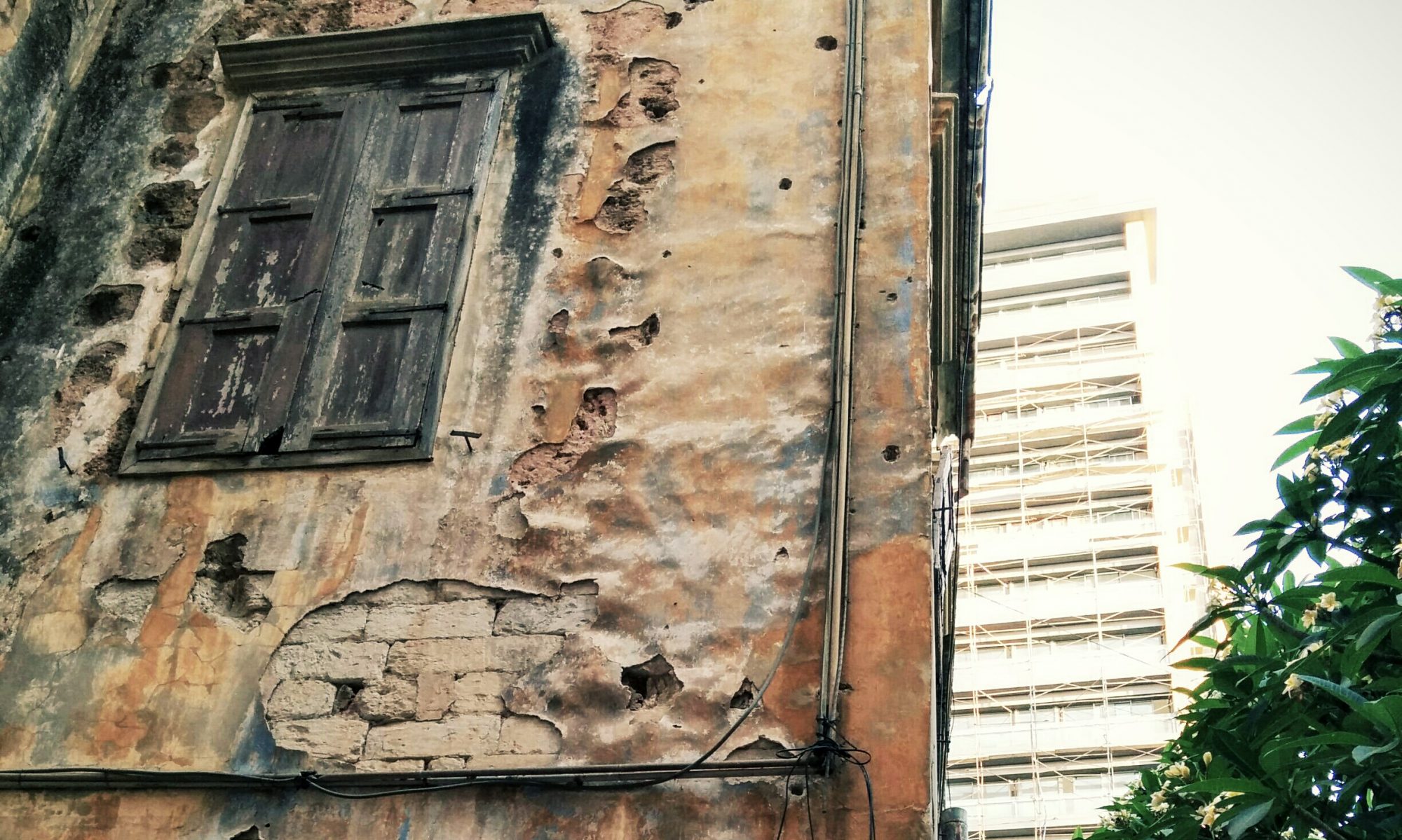Or “Yet another morbid tale from the land of the free”
Anyone seen the latest billboard campaign of the Lebanese Forces? Check out how pathetic and empty their slogan is: “You are the Cedar and we are its red line”. What the fuck does it mean? Does it mean that this mostly empty-of-any-historical-signification-symbol the cedar is embodied in some “people” (of course The Christians, the actual real/authentic people of “Lebanon”), and they are going to protect this imagined entity?
I have been amazed by the particular types of nationalisms deployed in this little chunk of land that came to be called Lebanon. Old Christian aristocratic french-mandate nationalism is something, Kataeb nationalism is kind of different (trying to catch up with ‘aristocrat’ status but never fully succeeding), Tayyar today is also different, along with Hizbullah, or Mustaqbal brands. Anyway, one can talk a lot of all those imagined histories but let’s focus on this particular violent one, one that is born during the 75-90 war, a virulently isolationist type that lives on a dead-born idea, the one of the Lebanese forces. And their campaign is here to testify. Billboards show in turn different dead Lebanese famous political actors, some are obviously claimed by the LF, such as Bashir Gemayel (founder of the LF), and Pierre Gemayel (his father and leader of the Kataeb party). Others are less so, boys and girls, such as Charles Malik (a so-called human right activist who is actually a horrible anti-Muslim demagogue), and Camille Chamoun.
Wait… what? Camille Chamoun? For those who don’t know, Chamoun was one Lebanese president who at the time (50s) symbolized the apex of political Maronitism under the auspice of British intelligence, struggling to distance the country from its ‘Arab’ color. But that’s not the point. Chamoun’s son, Dany, during the civil war had a militia of his own (the Tigers…) like all good grown up political feudal heirs, and he did his share of butchering, training with Israelis, and what have you. Now here comes the interesting part, early in the war, the Lebanese Forces, then a rising organization under Bashir Gemayel, proceeded into killing most of ‘the Tigers’, in effect removing potential rivals on the “Christian arena”. Dany Chamoun was spared till much later, assassinated along with his two little sons, wife, and dog, though maid and daughter could hide in closet. His daughter Tamara vehemently accuses Samir Geagea then and now leader of the LF of having perpetrated the act.
Dory Chamoun, the brother of Dany, who still tries to carve himself a space in Lebanese politics held the position that it was the Syrians who killed his brother and not Geagea, thereby making possible a rapprochement between this ill-fated family and the last bastion of violently isolationist Christian political formations. Look at how pathetic this last Chamoun is: allying with the most probable murderer of his brother for simple power equations. But then again, I want to ask a question. Lebanese politicking is so random in terms of the political choices made by actors. Why then did not Chamoun brother allied with Aoun? He was a fierce anti-Syrian, represented one political facet of Christian affirmation, and has most likely not killed his brother.
This is the viciousness of Lebanese politics me friends… And now, Lebanese Forces billboard can re-appropriate one symbol of Lebanese political Maronitism, Camille Chamoun, as another dead person repesenting this so-called red line circling the cedar. What irony that while browsing youtube, I found these videos (see part 1, 2, and 3) of unpublished footage of Dany Chamoun lobbying two Bkerke Priests, the clerical maronite authority in this little chunk of land called Lebanon, to pressure the LF to give their weapon to the Lebanese army (then under the command of Michel Aoun) and stop ruling over the Christian street. We’re in the late 1980s by the way. And that’s the best part: In these videos we hear Dany complain that Geagea LF is using his father’s picture and putting it up on Christian street while engaging in practices such as coming into his house, searching for papers, messing the house upside down and pillaging. The same picture is used for their campaign today, 20 years later.
So yes all this is very sad. So many layers of sadness piling up on each other: Traditional Maronite political elitism being succeeded by remnants of Maronite political dreams extracting their legitimacy, their ‘substance’, from antagonistic ghosts, that only serve the cause of building the imaginary Christian memory once they’ve been dead and can’t speak about these bloody antagonisms. All this put on the back of a tree, the cedar, inflated with notions of height, and cheap feelings of superiority.

